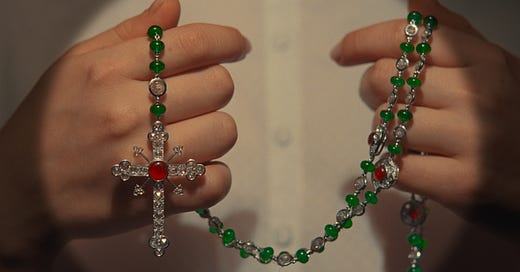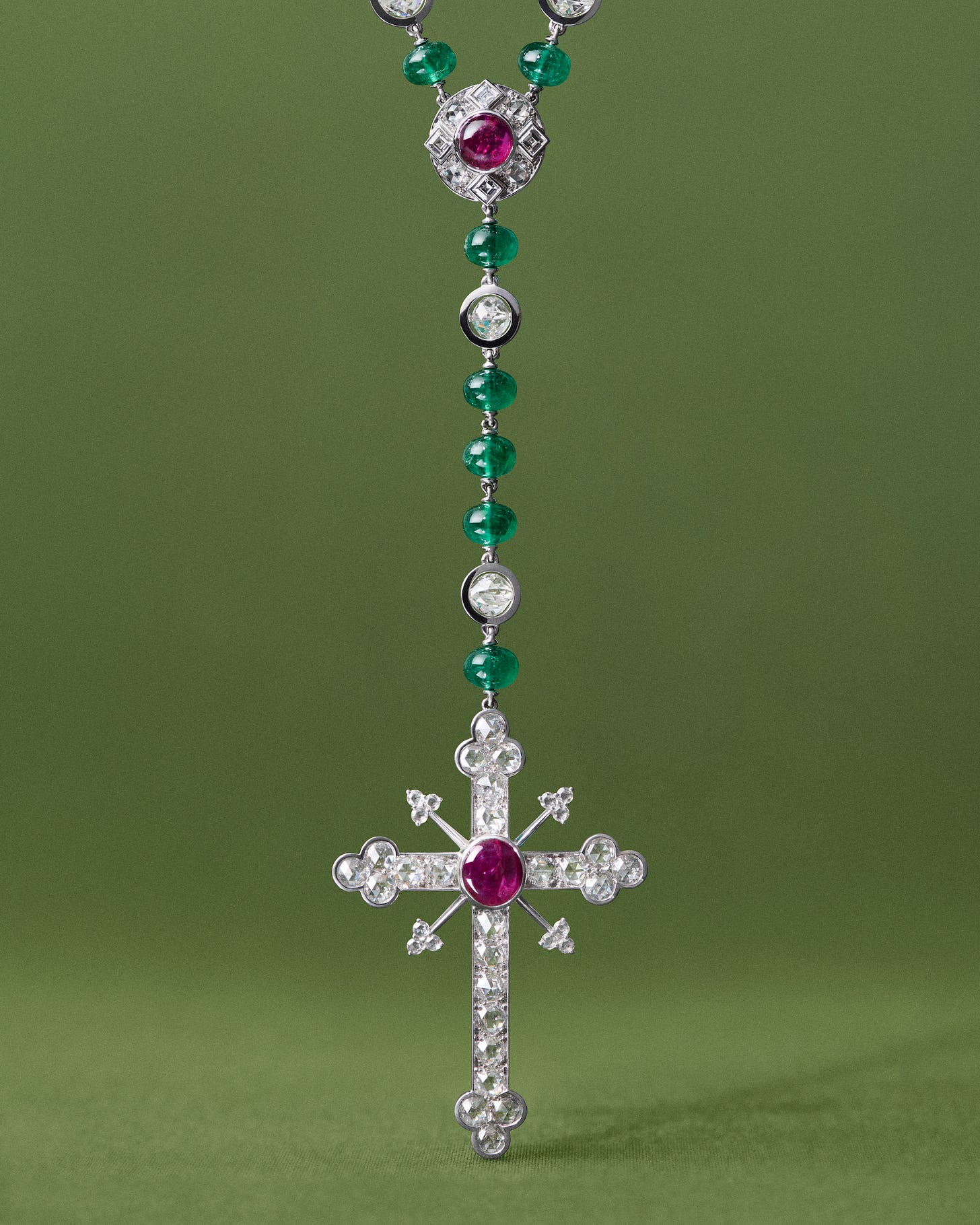Mia Threapleton’s dazzling Cartier Rosary in The Phoenician Scheme
Wes Anderson has teamed up with the artisans at Cartier High Jewellery
Since Grace Kelly wore Cartier on the Riviera in To Catch a Thief the French Maison has had an enduring legacy in cinema; a symbol of exquisite taste – adding even further radiance to the stars who wear their jewellery. There are numerous uniquely-designed, often bespoke pieces on-screen that match the elegance of those that are photographed with the stars on the red carpet.
Wes Anderson’s The Phoenician Scheme is a darkly comic tale of espionage and intrigue, starring Benicio Del Toro as Zsa-zsa Korda, a morally-ambiguous businessman who appoints his daughter, a nun – played by Mia Threapleton – as sole heir. Chaos naturally ensues, as the bond between both father and daughter grows.
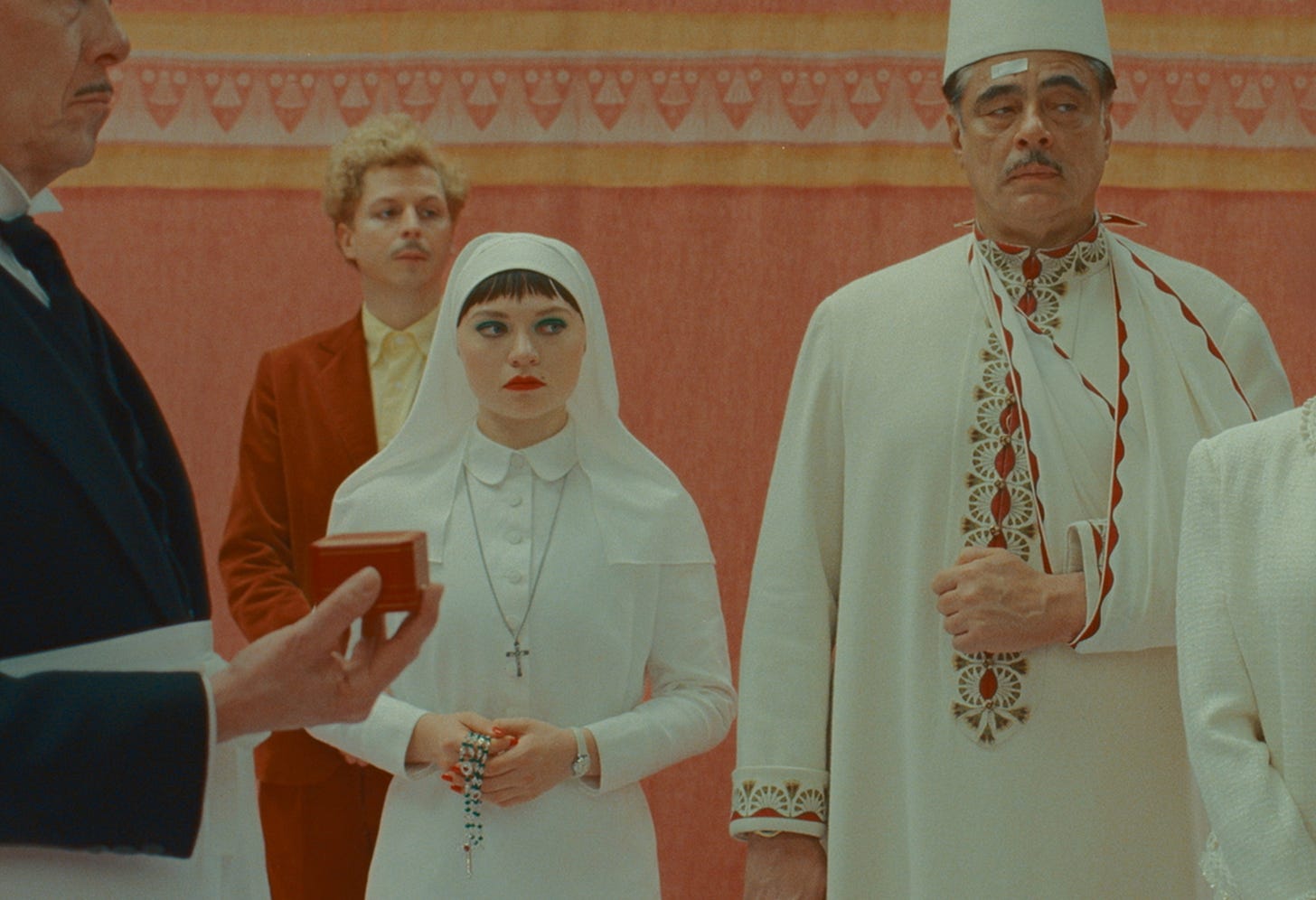
The film’s style is a throwback to the gripping and glamorous cross-country adventures of the early twentieth-century. There are examples of luxury items in Korda’s home – all used to convey a sense of his character. But one stands out above all else. Anderson requested a bespoke rosary inspired by the house’s cross pendant made in 1880 (the original is a part of the Cartier Collection). It is worn by Threapleton throughout the film, replacing her basic wooden one, and is shown frequently as she changes from pious and humble to her father’s daughter, with a penchant for the finer things. The piece itself is a genuine piece of craftsmanship, combining emeralds and rubies in stylised circular motifs with square-shaped diamonds. If we were going to conceptualise a creation worthy of that era’s magic – so beautiful it only adds to the actor’s charm – this would be it. We imagine it becoming another iconic piece in the future.
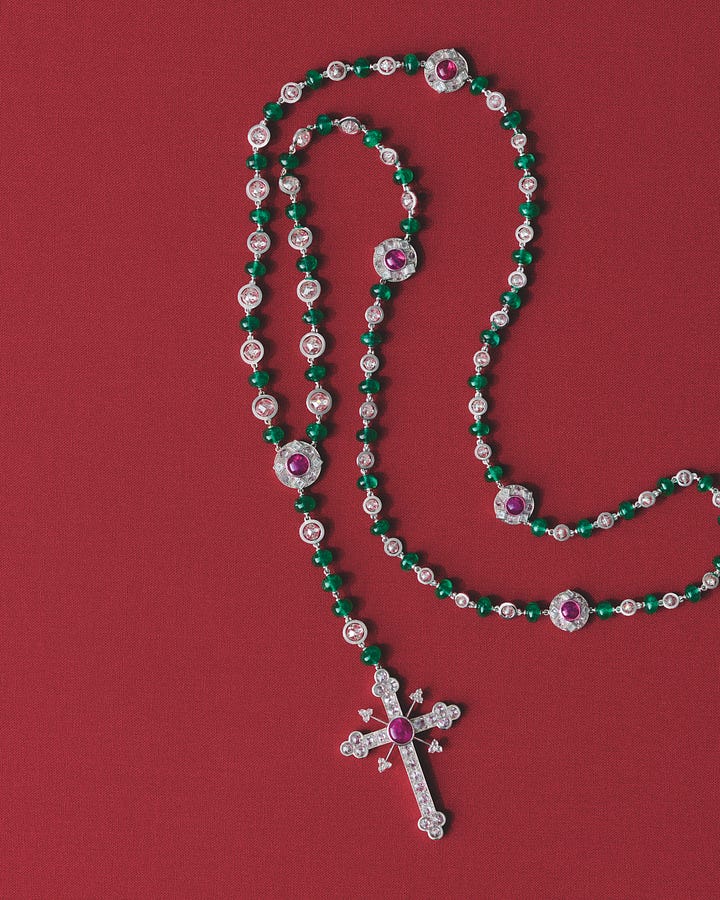
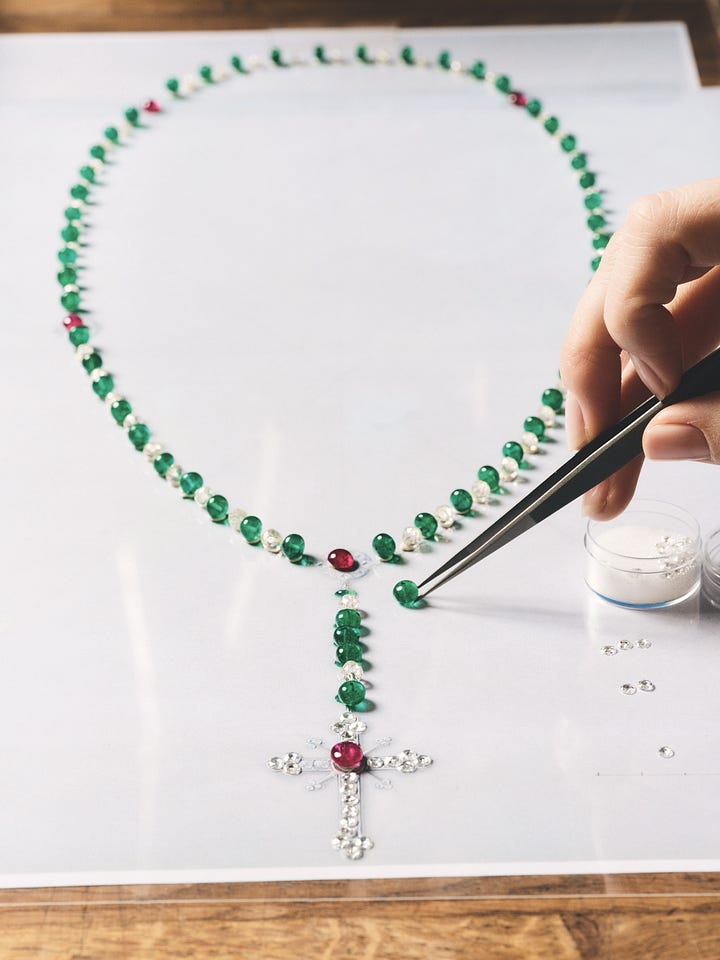
It’s also evidence of Anderson’s attention-to-detail that the process was such a long one. His request involved the expertise of Cartier’s High Jewellery studio, who brought the rosary to life in 2024. The studio is one of the largest jewellery workshops in the world, employing over 500 people and committed to training the next generation of artisan jewellery craftspeople. Each of these treasures can take between 1000 to 2000 hours of work.
To suit Anderson’s world, the Maison looked to his auteur style as a way of reinterpreting their classic pendant, echoing his aesthetic universe with a chain that has rose-cut diamonds. All very vintage – all very in keeping with what we know about Anderson’s characters (and the filmmaker himself), and their penchant for finer things. Remember L’Air de Panache, or the motif suitcases from The Darjeeling Limited?
Cartier’s rosary is another addition. But it is also the first gesture between the two main characters in the film; an important, distinctive symbol of beauty that Threapleton treasures as the narrative progresses, and which we swooned at whenever it appeared on-screen.
The artisans at High Jewellery also produced a diamond ring that is humorously woven into the narrative during a sequence of proposal scenes. It is unmistakably Cartier, recognisable because of the iconic red box, which evidently has the same luxurious caché both in our world and in Anderson’s.
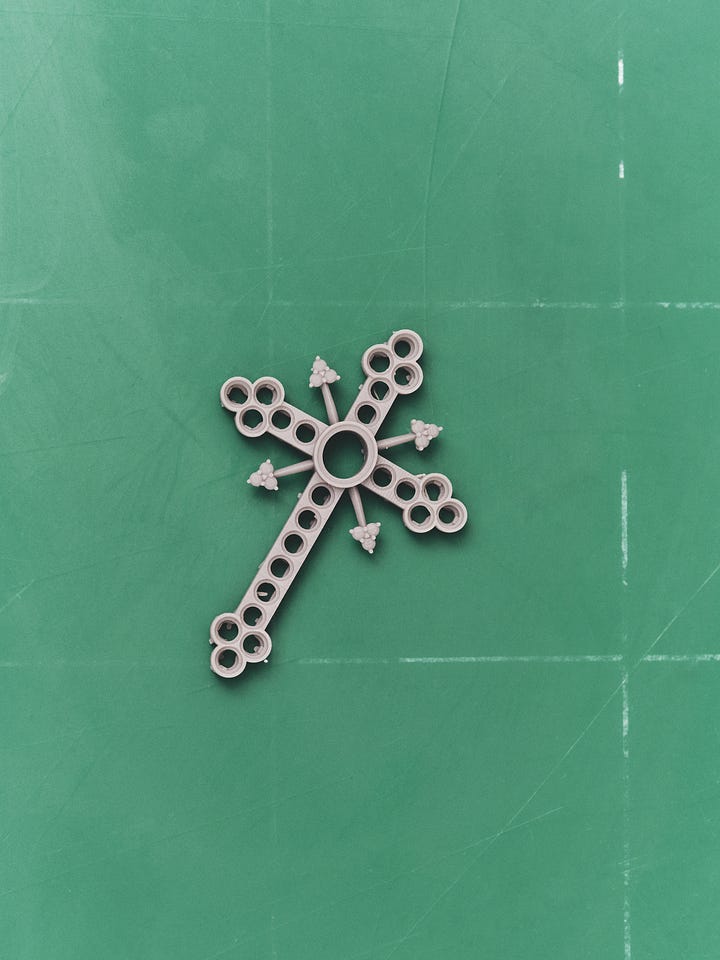
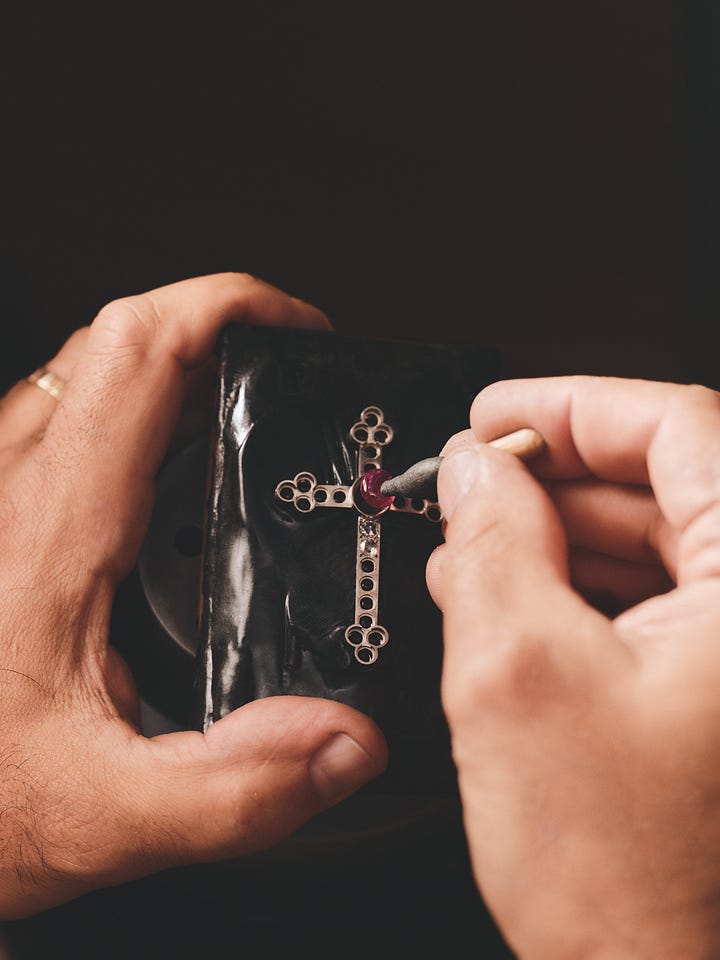
This collaboration follows a fruitful relationship between Anderson and Cartier. He is a previous recipient of the annual Cartier Glory to the Filmmaker award. The Maison is also an official partner of the Venice film festival, and they’ve been associated with the Biennale since 2021 – putting roots in the festival ever since. It’s exciting to see what the future holds, and whether they will be participating in producing films like other major houses.
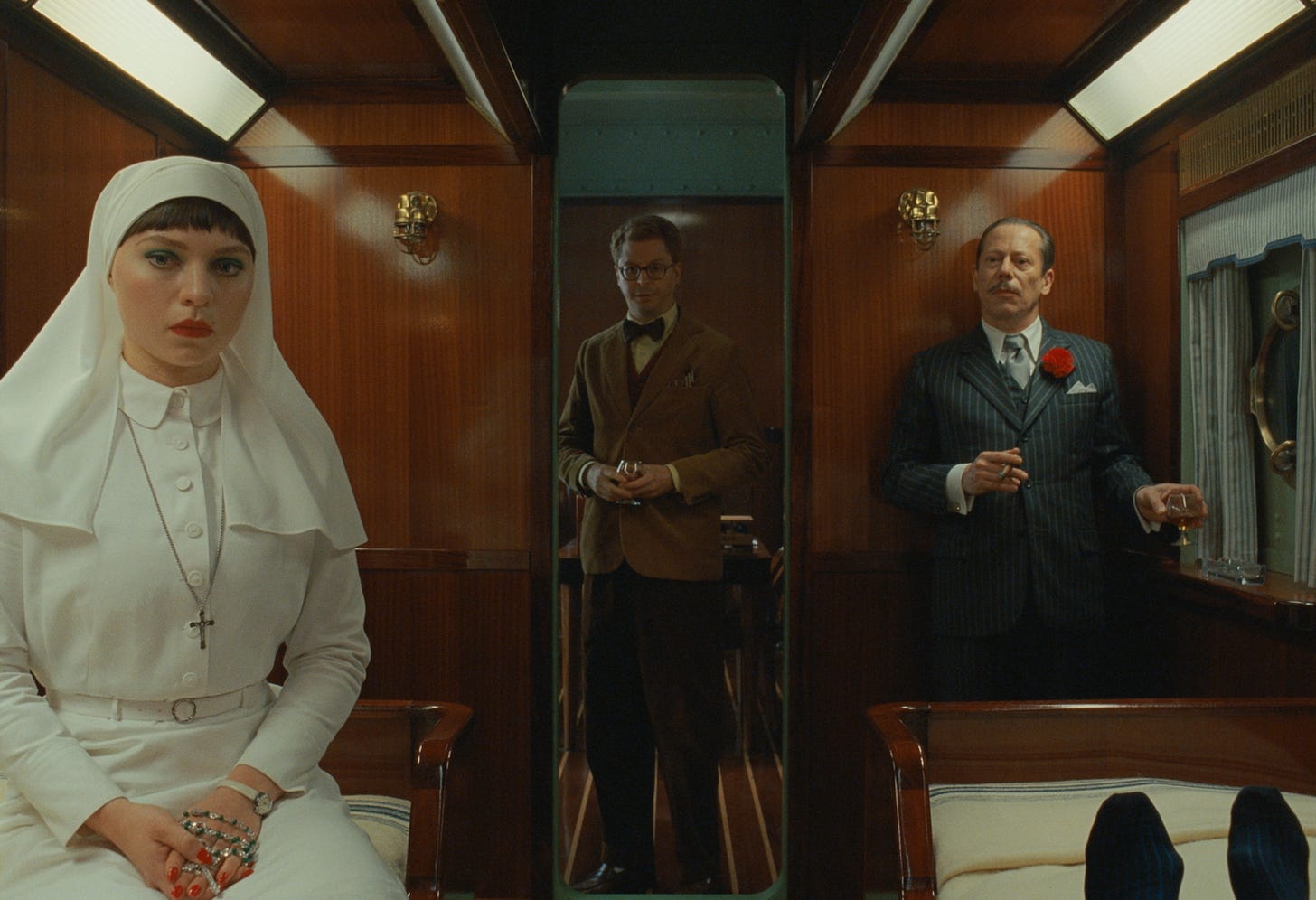
Regardless, cinema remains a part of their heritage, a medium where their most beautiful creations are able to dazzle through the celluloid, radiating theatres and living rooms with opulence and savoir-faire. In The Phoenician Scheme, it’s no different. Cartier’s inclusion isn’t a nod, it’s symbolic of a bigger part of film storytelling. And it’s another chapter in their contribution to the beauty of cinema.

